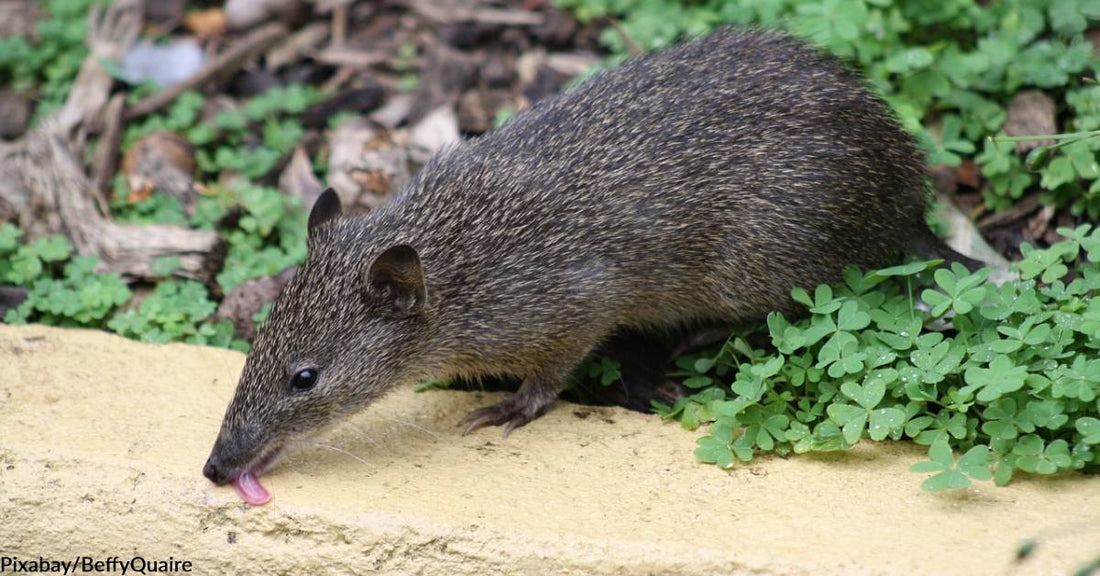Good News: Project Studying Endangered Creatures in Australia Tallied 29 Recovered Species!
Rebecca West
Australia and the rest of the world have cause for celebration after it was announced that 29 species formerly listed as "endangered" Down Under have rebounded enough to be removed from the worrisome classification. This is excellent news proving that with proper conservation efforts animals heading toward extinction can make a comeback.
Australia’s Protection and Biodiversity Conservation (EPBC) Act lists 446 species of animals considered in genuine need of protection. The 29 that were removed from the list include 15 mammals, eight birds, four frogs, a reptile, and a fish.
Endangered Species
Among the creatures identified for removal from the list are three types of bandicoots, yellow-footed rock wallabies, and even the humpback whale, among others.
One of the reasons this is so significant is that so many of the animals living in the Oceania region are found nowhere else on the planet. A major contributor to the loss of many species there and elsewhere is the issue of invasive predators introduced over the centuries that have proven highly disruptive to local wildlife, such as bandicoots and bilbies.
Wildlife Conservation Efforts
One major difference between Australia and the U.S. is that Australia's EPBC doesn't mandate species be reviewed periodically for recovery.
The paper outlining the study findings, which was published in the online journal Science Direct concluded that conservation managers should aim to measure success in part through documentation of recoveries based on stability, ranges, and populations of the present day, even though the numbers represent a smaller percentage of what they were before colonization by foreign entities began in the late 1700s.
The thought process is that this would help coordinate conservation efforts and funding for the animals whose populations are decreasing, and address threats that are a danger to multiple animal species at once.
De-Listing Species
While de-listing is exciting news, it comes with caveats. According to the paper, researchers consider that only three of the formal de-listings represent actual recoveries. "The humpback whale Megaptera novaeangliae has exhibited major population increases since the cessation of commercial harvesting (Harrison and Woinarski, 2018). The two de-listed frogs – waterfall frog Litoria nannotis and common mist-frog L. rheocola – are more complex cases. Both exhibited rapid and severe reductions in population size and distribution over the period ca. 1988 to 1994, following the introduction of chytrid fungus, but have persisted in small remnant populations that are now stable or increasing and hence they no longer meet any listing criteria based on decline."
We'll take the wins wherever we can find them.




